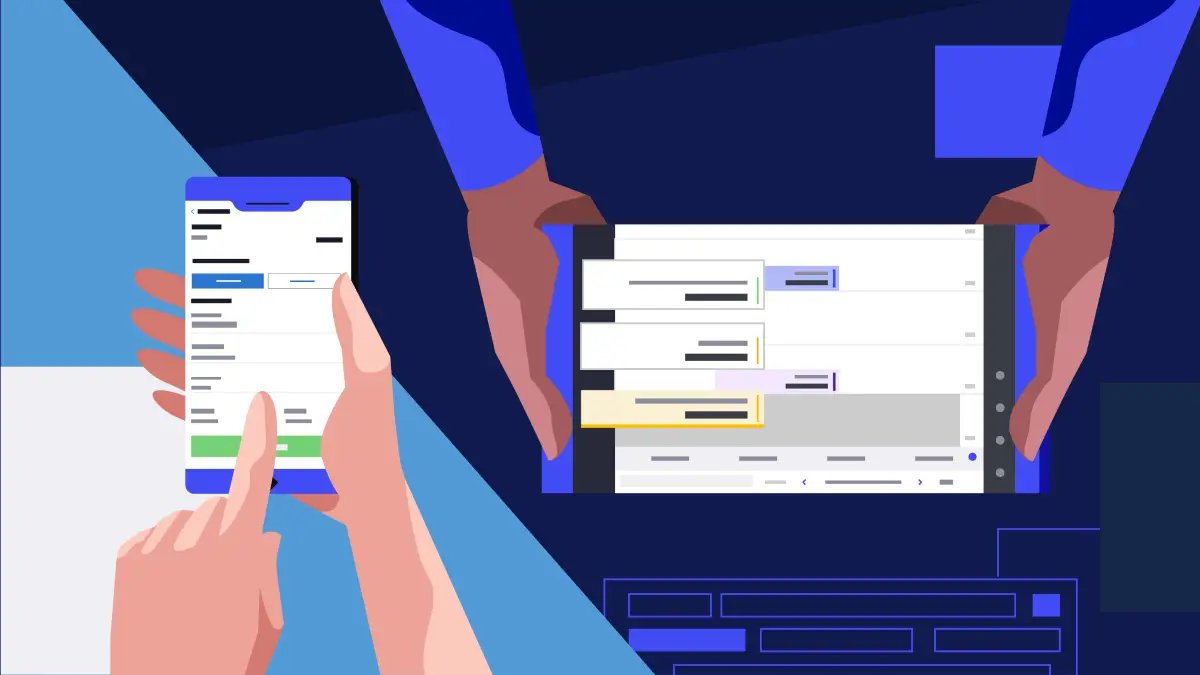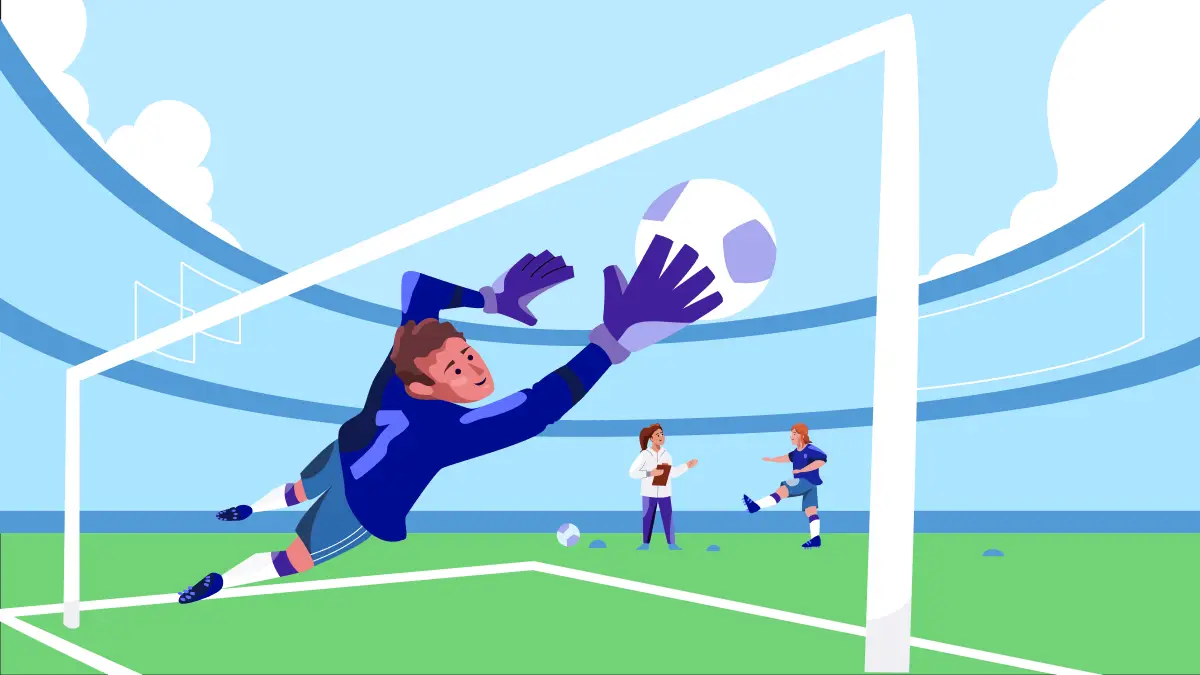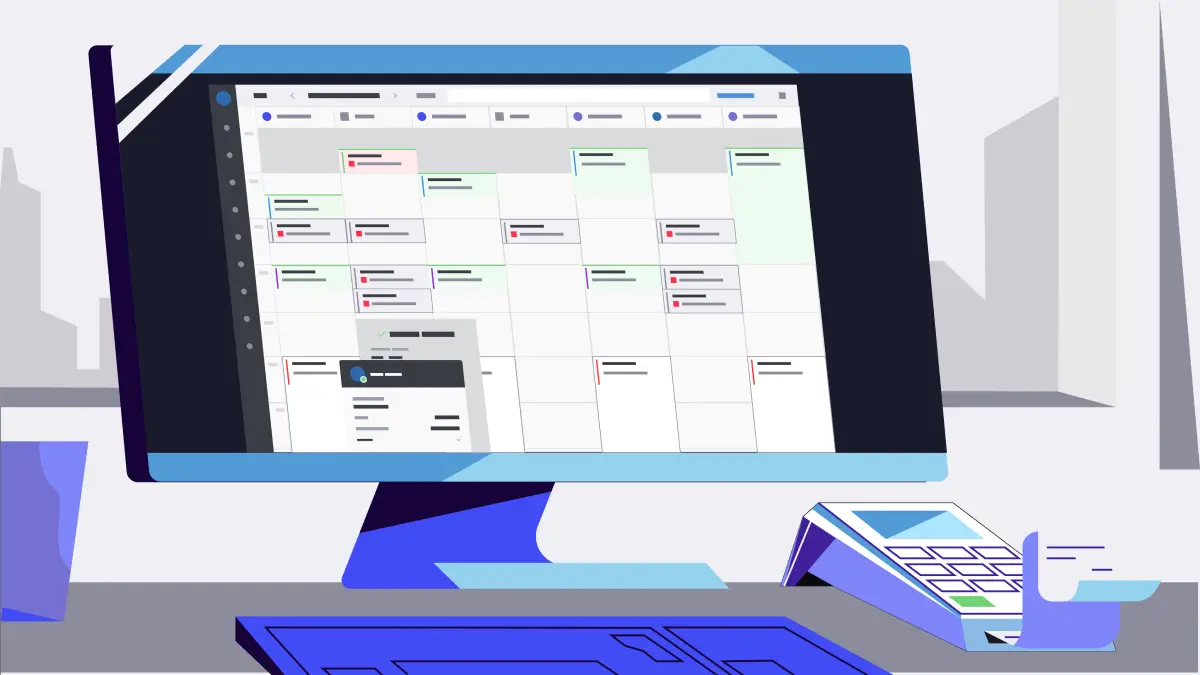
Struggling to find the best sports facilities tools for your business? You’re not alone. Managing a sports facility in 2025 comes with unique challenges. Whether

Owning a sports facility can be a very profitable business. While they typically require a larger upfront investment, sports facilities with the right business models can provide lucrative revenue streams year-round.
Unfortunately, not all sports facilities are successful. In addition to the upfront investment, running a facility comes with higher fixed costs which makes budgeting and financial planning extremely important.
Having worked with hundreds of athletic facilities of all shapes and sizes via Upper Hand’s sports facility software, our team has a deep understanding of what makes a sports facility profitable and why many facilities go under.
Here are three main reasons why some sports facilities fail – and how yours can succeed.
Owners of sports facilities have an array of revenue stream options they can choose to offer. While it’s important to have a diversified mix of programs, some are much more profitable than others.
Let’s start with private lessons, which most facilities offer in some form or another. Individual instruction is one of the best methods for athlete development. But if you’re trying to maximize profitability, they can be costly.
For example, let’s say you charge $60/hour for a 1-on-1 lesson. Now, let’s assume you can use that same space and run a small group lesson with four athletes at a 25% discount for $45/hour. You’ve now increased your revenue for that one hour by 200%, or $120.
Ruggiero Hitting, a Cleveland-based baseball and softball facility, moved from private lessons to small group format and now makes 180% more per hour.
To learn more about transitioning to small groups, check out these tips on pricing your sports lessons.
Renting out parts of the facility is a common revenue stream for indoor sports facilities. There is less overhead since they don’t require instructors. However, rentals are one of the least profitable offerings, they can expose you to certain legal matters (make sure you have a waiver and have a process if there is an injury), and facilities that focus solely on rentals rarely become profitable.
Can you use that tunnel for a private lesson instead of renting it for $20/hour? Can you run a weekly clinic with 15 kids at $20/session instead of renting out the field for $120/hour?
I’m not suggesting to not offer rentals. There will always be a place for them and they can be a great way to attract foot traffic and showcase your facility. However they should be a last resort option when you have unbooked space or tied into a membership.
Offering memberships is one of the most lucrative revenue streams for a sports facility. They can be packaged in all shapes and sizes – from discounts on programs or merchandise, monthly credits, merchandise perks, or access to member-only spaces (hint: make rentals a member-only option).
Since memberships are a recurring revenue stream, they allow facility owners to plan ahead and budget with much more confidence. Without a “guaranteed” revenue stream, making investments in your facility such as new equipment or upgrades can put your business at risk.
Upper Hand is a subscription-based business, so we are pretty passionate about monthly recurring revenue (MRR). To help sports business owners better understand the impact memberships and MRR can have on their business, we have created a number of helpful resources, including a Memberships 101 Guide and a MRR & Member Retention Calculator.
Last year, we even launched a Membership Analytics platform – the first of its kind in our industry – that gives owners unparalleled visibility into their recurring revenue streams.
Not sure if memberships are right for your business? Answer these five questions to find out!
One of the biggest reasons sports facilities fail is because they do not maximize the available space. The number one goal when running a sports facility is to maximize the revenue per square foot, and any areas that are not used for training are just cost centers.
This starts with making sure that there are sufficient areas that can be used for training. If there are spaces not being utilized, a quick win would be to convert them into usable areas by adding turf or a versatile, multi-use surface.
It’s also imperative that a facility’s spaces can be used for multiple purposes – especially for large areas. Adding retractable dividers to a large turf space allows a facility to run multiple programs at the same time. These give you the ability to run a large program like a winter camp, while also being able to run multiple small group programs on other days.
To help facilities get the most revenue from their resources, we created a profit margin calculator that helps identify which spaces are doing well and which ones can be improved.
Having the right program offerings and facility resources is a good start, but if management is continuously fielding phone calls, managing schedules, and reconciling payments, those things don’t matter. This is why having a proper sports facility booking system is critical.
While the overall goal of the business should be generating as much revenue per square foot as possible, when it comes to running the day-to-day operations at a facility, the goal is efficiency. A sports facility booking app should help the organization run smoother and free up time for management to focus on important revenue-driving activities like planning new programming, marketing to the community, and empowering staff.
A primary feature of a sports management system is to provide a centralized place for all scheduling. This means being able to easily view resource availability, staff assignments, and registration lists for upcoming programs. To do this effectively, the software must allow the facility owners to create all of the available resources to eliminate double-booking.
Payments is another primary component of an athletic facility scheduling software. Facilities need to have the ability to transact online and in-person whether it’s a one-time purchase or recurring payment like a membership or team payment plan.
There are a few athletic facility management platforms in the market that help with some of these items, two being EZ Facility and eSoft Planner. However, where some of these legacy platforms fall short is the client experience, which is equally – if not more – important.
This is where Upper Hand’s sports facility management software shines. With an intuitive check out and scheduling experience, Upper Hand makes it easy for clients to view, purchase, and schedule a facility’s available programs. If you’re in the market for a new scheduling app for your facility, here are the key things to look for when looking for a new management platform.
There is no one-size-fits-all business model when it comes to operating a profitable sports facility. The purpose of this article is to share our team’s insights on commonalities between successful businesses after years of working with hundreds of sports facilities of all shapes and sizes.
What are your thoughts?
If you own or operate a sports facility and would be interested in chatting about ways to improve your business model, we’d love to hear from you. Request a demo of Upper Hand today!

Struggling to find the best sports facilities tools for your business? You’re not alone. Managing a sports facility in 2025 comes with unique challenges. Whether

Your website is more than just a digital platform — it’s the cornerstone of your sports business. It’s where athletes, parents, sponsors, and coaches interact